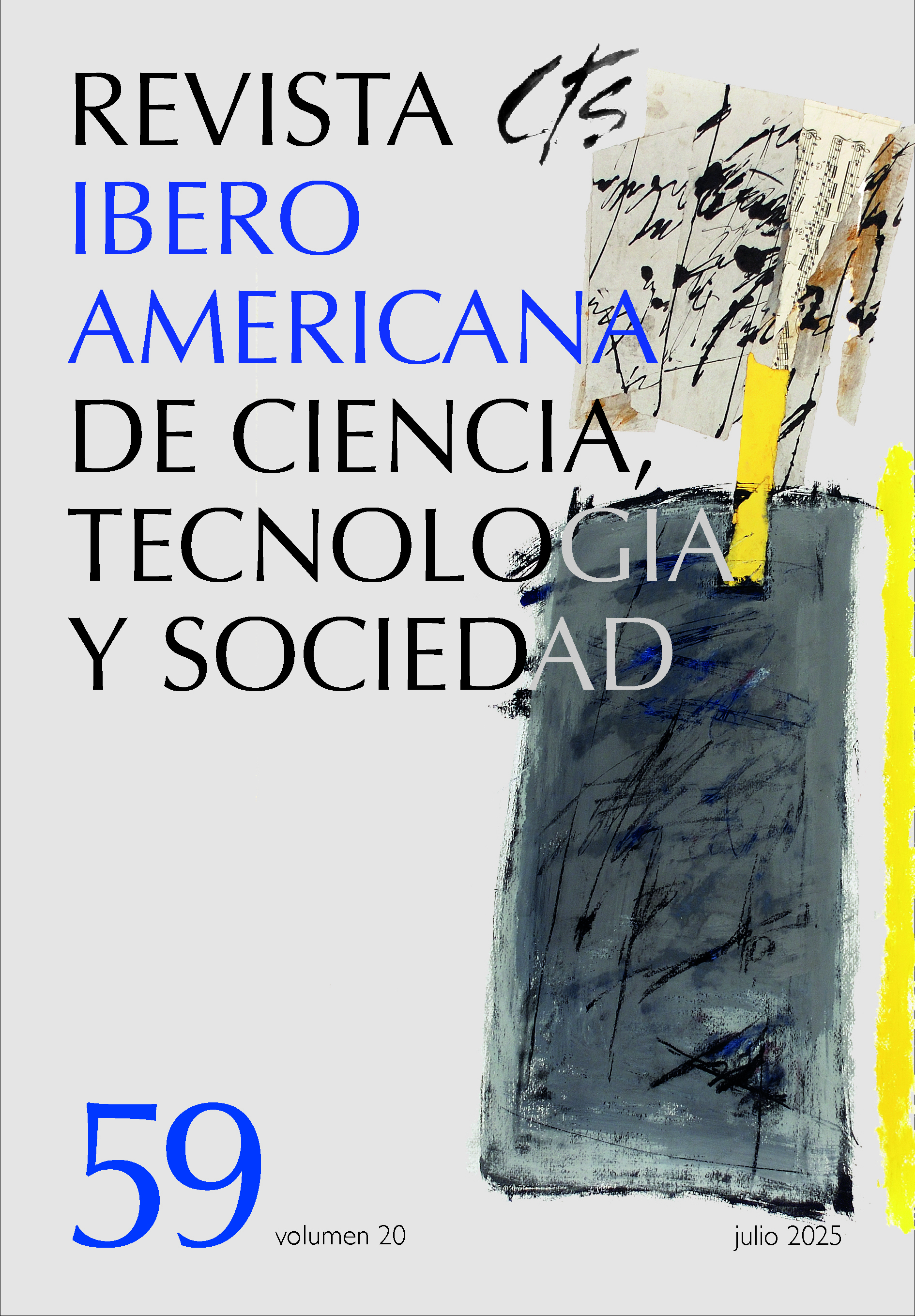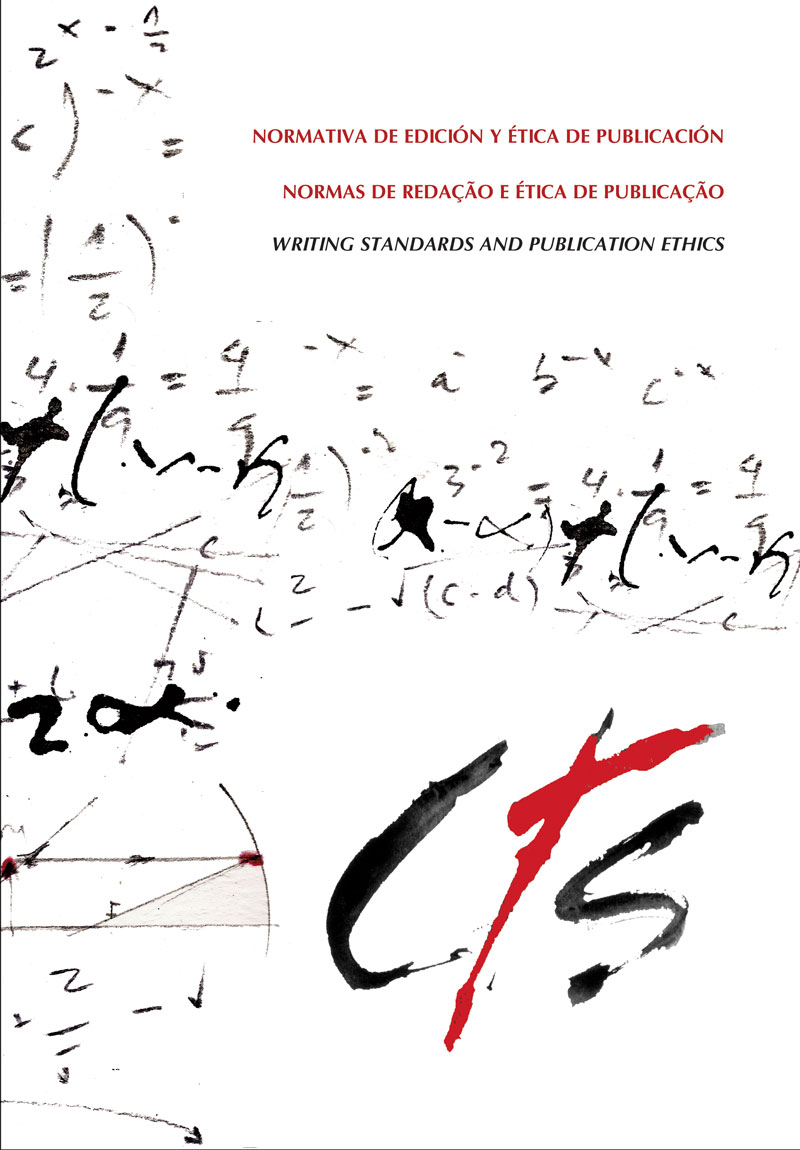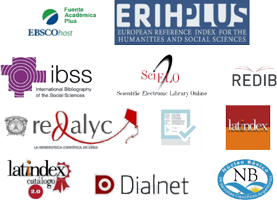The Network Readiness Index (2019-2023)
A Theoretical and Critical Analysis
DOI:
https://doi.org/10.52712/issn.1850-0013-560Keywords:
Network Readiness Index, digital transformation, networks, society, technologyAbstract
The Network Readiness Index (NRI) measures how prepared national economies are for the technological and social challenges of interconnection. It was presented by the World Forum for the first time in 2002, as part of a report on the global state of technology, but later it was discontinued. Subsequently, Soumitra Dutta and Bruno Lanvin, two of the consultants in charge of the index, became independent and continued the development of the NRI with the support of companies and universities. Since 2019, the methodology considered more aspects than technological access, and focused on four pillars: “Technology”, “Society”, “Impact” and “Governance”, each with sub-pillars and indicators ranging from investment in technologies of the future and in R&D to the inclusion and development of digital skills. The index presents the positions in these pillars of approximately 130 economies around the world, and each year it analyzes topics such as digital transformation, the pandemic crisis and the trust in the network society. This article analyzes the progress of the NRI, the changes it suffered between 2019 and 2023, the countries that lead it, and the possibilities and challenges to establish itself as a global index.
Downloads
References
Barney, D. (2009). The Network Society. Cambridge: Polity Press.
Caperna G. & Kovacic M. (2022). Appendix III: JRC Statistical Audit of the 2022 Network Readiness Index. European Commission Joint Research Centre. Recuperado de: https://knowledge4policy.ec.europa.eu/sites/default/files/nri_audit%202022.pdf.
Castells, M. (2005). La Era de la Información: economía, sociedad y cultura. Volumen I, La Sociedad Red. Madrid: Alianza Editorial.
Castells, M. (2010) The Information Age: Volume III. End of Millennium. Hoboken: Wiley-Blackwell Publishing.
CEPAL (s/f). Desde el gobierno digital hacia un gobierno inteligente. Recuperado de: https://biblioguias.cepal.org/gobierno-digital/concepto-gobernanza.
Crespi, G., Rubacalba, L. & Aboal, D. (2015). La nueva economía de servicios en América Latina y el Caribe. Retos e Implicaciones de Política. Recuperado de: https://publications.iadb.org/publications/spanish/document/La-innovaci%C3%B3n-y-la-nueva-econom%C3%ADa-de-servicios-en-Am%C3%A9rica-Latina-y-el-Caribe-Retos-e-implicaciones-de-pol%C3%ADtica.pdf.
Dutta, S. & Lanvin, B. (2019). Network Readiness Index 2019. Towards a future ready society. Portulans Institute. Recuperado de: https://networkreadinessindex.org/wp-content/uploads/2022/09/NRI_2019_Report.pdf.
Dutta, S. & Lanvin, B. (2020). Network Readiness Index 2020. Accelerating Digital Transformation in a post-COVID Global Economy. Portulans Institute. Recuperado de: https://networkreadinessindex.org/wp-content/uploads/2020/10/NRI-2020-Final-Report-October2020.pdf.
Dutta S. & Lanvin, B. (2021). Network Readiness Index 2021. Shaping the Global Recovery. How digital technologies can make the post-COVID world more equal. Portulans Institute. Recuperado de: https://download.networkreadinessindex.org/reports/nri_2021.pdf.
Dutta, S. & Lanvin, B. (2022). Network Readiness Index 2022. Stepping into the new digital era How and why digital natives will change the world. Portulans Institute. Recuperado de: https://download.networkreadinessindex.org/reports/nri_2022.pdf.
Dutta, S. & Lanvin, B. (2023). Trust in a Network Society: A crisis of the digital age? Portulans Institute. Recuperado de: https://download.networkreadinessindex.org/reports/nri_2023.pdf.
Edelman (2024). Trust Barometer. Recuperado de: https://www.edelman.com/trust/2024/trust-barometer.
García, F. (2023). La crypto Worldcoin que escaneó el iris de cientos de mendocinos marcó un récord de adhesiones. Diario UNO, 2 de septiembre. Recuperado de: https://www.diariouno.com.ar/sociedad/la-crypto-worldcoin-que-escaneo-el-iris-cientos-mendocinos-marco-un-record-adhesiones-n1204242.
Gobierno Digital (2021). NRI-Network Readiness Index. Ministerio de Tecnologías de la Información y las Comunicaciones. Recuperado de: https://gobiernodigital.mintic.gov.co/portal/Indices-Internacionales/NRI-Networked-Readiness-Index/.
Hardt, M. & Negri, T. (2000). Empire. Cambridge: Harvard University Press.
ICT Development Index (s/f). Sitio Web UIT. Recuperado de: https://www.itu.int/en/ITU-D/Statistics/Pages/IDI/default.aspx.
Mercedes, M. & Jiménez, A. (2021). Índice de preparación en materia de redes. Presidencia de República Dominicana, Consejo Nacional de Competitividad. Recuperado de: https://cnc.gob.do/wp-content/uploads/2022/07/Indice-de-Preparacion-en-Materia-de-Redes-2021.pdf.
Palazzo, M. (2024). El gobierno de Chile redobla el control sobre la empresa que ofrece criptomonedas a cambio de escanear el iris. Infobae, 29 Marzo. Recuperado de: https://www.infobae.com/america/america-latina/2024/03/29/el-gobierno-de-chile-redobla-el-control-sobre-la-empresa-que-ofrece-criptomonedas-a-cambio-de-escanear-el-iris/.
Van Dijk, J. (2012). The network society. Londres: SAGE Publications.
Webster, F. (2006). Information Society Theories. Nueva York: Routledge.
Downloads
Published
How to Cite
Issue
Section
License
Copyright (c) 2024 CC Attribution 4.0

This work is licensed under a Creative Commons Attribution 4.0 International License.
All CTS's issues and academic articles are under a CC-BY license.
Since 2007, CTS has provided open and free access to all its contents, including the complete archive of its quarterly edition and the different products presented in its electronic platform. This decision is based on the belief that offering free access to published materials helps to build a greater and better exchange of knowledge.
In turn, for the quarterly edition, CTS allows institutional and thematic repositories, as well as personal web pages, to self-archive articles in their post-print or editorial version, immediately after the publication of the final version of each issue and under the condition that a link to the original source will be incorporated into the self-archive.











